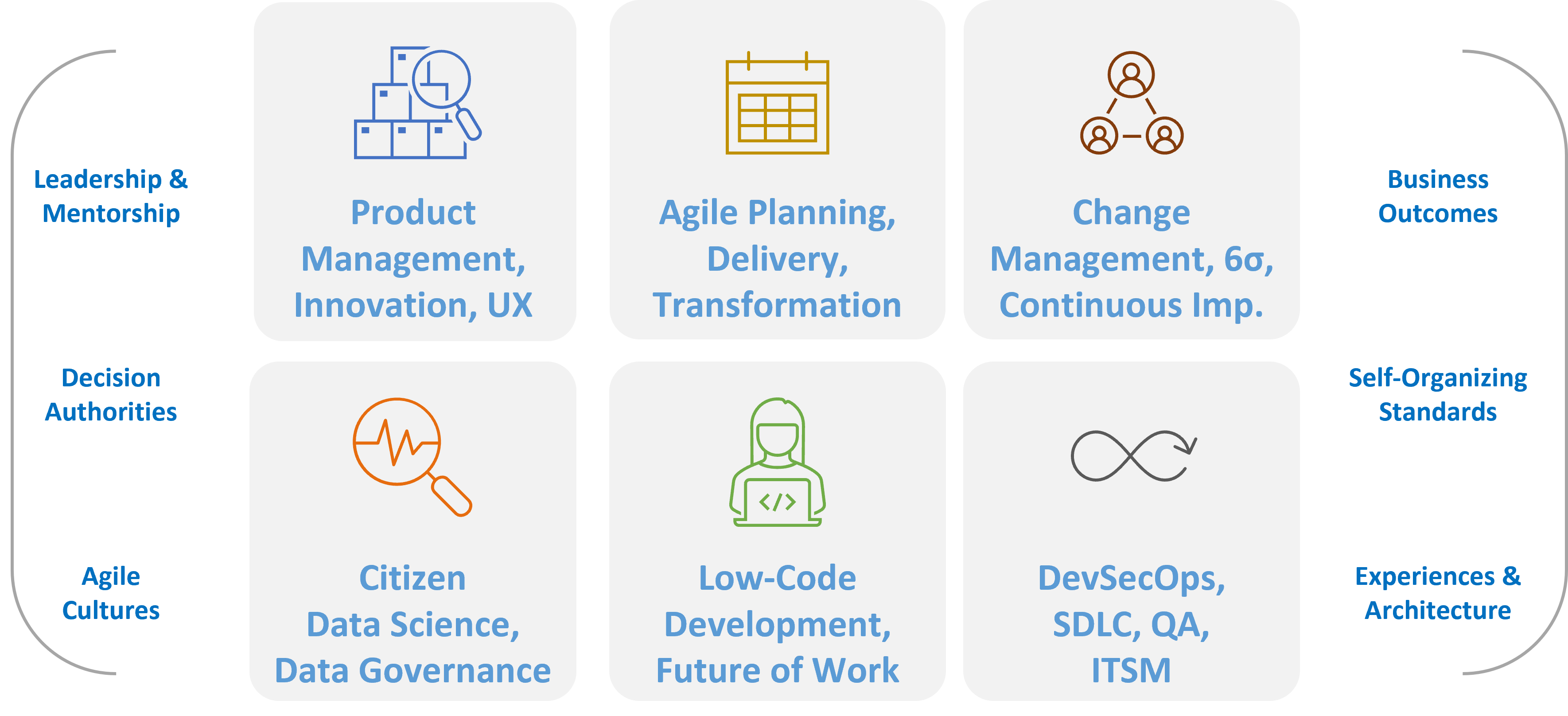I’ve spoken with several CIOs who were the first to hold the role and title at their organizations. It’s a unique experience, so I thought I’d share some thoughts.
When a new CIO comes on board, there’s often a mix of excitement and angst
among the leadership and staff. Leadership wants to believe that what drove
the need to hire a CIO materializes without too much time, cost, and
disruptive changes. The staff wonders who this new leader is and what they
will ask of them.
These are all true for any new CIOs joining an organization, and the
recommendations I share in this post are for all CIOs leading digital
transformation.
But when it’s the company’s first CIO, there’s no benchmark to compare, and
more importantly, few people truly understand the CIO’s primary
responsibilities. Gaps in understanding, communication, and priorities often
lead to unfulfilled expectations and vocal
detractors, so first-company CIOs must move quickly to learn business needs, build
executive relationships, set a course employees understand, and overly
communicate progress.
Why companies hire their first CIO
You might think it doesn’t happen that often – that by now, companies should
have woken up and realized the importance of having a CIO lead technology,
data, and other operational responsibilities. However, many circumstances
can drive the shift from having no CIO to requiring one. Here are several
scenarios.
- A growing company – Technology, data, customer/employee experiences, security/compliance, and other operational factors require a CIO’s strategy and leadership.
- A struggling IT function – The company is struggling with its current IT operating model, and it’s underperforming; sometimes, because IT is outsourced and there are issues with the service provider, and other times, the workload is overwhelming the internal IT team.
- Prioritizing digital transformation – The business might have new competitors, changes in customer expectations, and technology-driven disruptions, forcing the Board and executive committee to hire a CIO who can lead digital transformation.
- Promoting an IT Director – Sometimes, the IT director is promoted to CIO, with the expectation that they will take on greater responsibilities.
- M&A driven – When many acquisitions or mergers are completed over a short period, the Board and executive group often recognize the need for a CIO to lead consolidation and develop an IT operating model.
- Responding or recovering from major risks – The business may have security, compliance, and other material risks, and the executive committee hires a CIO to address them.
Understanding the underlying circumstances that led to hiring a first CIO is
an important starting point, but CIOs taking this role will likely hear
mixed messages on goals and priorities from the executives. Here are three
recommendations for new CIOs, with more details below.
- Drive digital transformation, but take sufficient time to learn the organization’s true priorities.
- Survive because you won’t be able to make everyone happy while driving change.
- Thrive because getting past the first 100 days and the next two years is just the start of developing an IT operating model and digital transformation core competencies.
Drive by digging into the why behind the need for digital transformation

I opened my first book,
Driving Digital, with this key advice for any CIO assigned to lead digital transformation.
“Look at your company as if it were your first day on the job. What would
your first impressions be of how your business is operating?”
The first CIO at the company must often dig wide and deep to learn about the
business opportunities and risks where technology, data, and AI can provide
value. With every executive meeting, the CIO will learn priorities through a
narrow lens; some want innovation, others efficiency and automation, and
many will just want IT services running with fewer incidents.
“First-time CIOs must navigate the delicate balance between innovation and
stability,” says Dr. Mahesh Juttiyavar, Chief Information Officer of
Mastek. “To succeed, they must
understand the organizational culture and structure, foster open
communication, and promote continuous learning within the IT
department.”
Avoid succumbing to the mile-long to-do list. Instead, learn about
opportunities and problems and categorize them through a digital
transformation lens. Consider dimensionalizing:
- What are the game-changing opportunities where there is executive consensus
- What are the critical operational priorities that address recurring system performance issues, significant compliance gaps, or other material security risks?
- What agile programs belong on the longer list of priorities needing vision statements and aligned objectives?

Another key consideration to review is the talent and skill level of the IT
staff, especially the
Digital Trailblazers
needed to lead digital transformation initiatives.
Survive by developing your EQ and change management practices
It’s not easy to identify a change velocity that the organization can
execute and deliver results.
CIOs who don’t prioritize will fail because of too much work in progress
that materializes too slowly or misses expectations. CIOs who prioritize
will have supporters in some areas of the business and detractors in others
where executives aren’t getting what they want. In digital transformation
programs, all CIOs need
change management practices, and they will feel the spectrum of employee responses, with some
enthusiastic early adopters and many others who resist change.
“An accurate CIO job description should list two core attributes: thick skin
and excellent listening skills,” says Ross Meyercord, CEO of
Propel Software. “Without
these, no CIO or CEO could succeed or even survive. CIOs must listen
attentively and carefully to users to identify root problems as quickly as
possible to take action and deliver demonstrable improvement.”
Surviving means that transformation doesn’t come easy, especially for CIOs,
who are often introverted and more technically oriented than people-centric.
In a recent post on
selling innovation to executives, I used a skiing analogy, suggesting that CIOs “keep their ski tips up” to
actively listen and respond before driving actions. In another post, I
recommend Digital Trailblazers, CIOs, and other leading digital
transformation initiatives to
balance their drive with empathy
to develop their emotional intelligence and change the culture.
Thrive by developing digital transformation core competencies
Unfortunately, while Boards hire CIOs to drive digital transformation, many
are thrust into firefighting mode because of the underlying operational
issues, security gaps, and risk driven by technical debt.
More unfortunate is that CIOs who stick to firefighting end up with a team
that follows these behaviors. And it’s really hard to drive transformation
when 40-60% of everyone’s time is spent chasing incidents and urgent
requests.
The bottom line is that CIOs who don’t develop an IT operating model and
digital transformation core competencies
struggle to survive and last in their jobs beyond their third year.
I mentioned change management as one transformational core competency, and
others all CIOs should establish include
agile planning, data-driven organizational practices, and no-code / low-code application
development. Companies developing customer-facing technologies also need
product management, while others supporting many cloud and legacy
applications should invest in DevSecOps and ITSM.
A company’s first CIO often walks in with mile-high expectations – unlike
any new CIO walking into a new job. My three recommendations apply to all
CIOs leading digital transformation, but first-timers have the added
pressures of learning and setting precedences, especially when the
organization knows less about the CIO’s role and responsibilities.

|
| StarCIO Digital Transformation Core Competencies |
Join us for a future session of Coffee with Digital Trailblazers, where we discuss topics for aspiring transformation leaders. If you enjoy my thought leadership, please sign up for the Driving Digital Newsletter and read all about my transformation stories in Digital Trailblazer.
 Digital Trailblazers! Join us Fridays at 11am ET for a live audio discussion on digital
transformation topics: innovation, product management, agile, DevOps,
data governance, and more!
Digital Trailblazers! Join us Fridays at 11am ET for a live audio discussion on digital
transformation topics: innovation, product management, agile, DevOps,
data governance, and more!


No comments:
Post a Comment
Comments on this blog are moderated and we do not accept comments that have links to other websites.